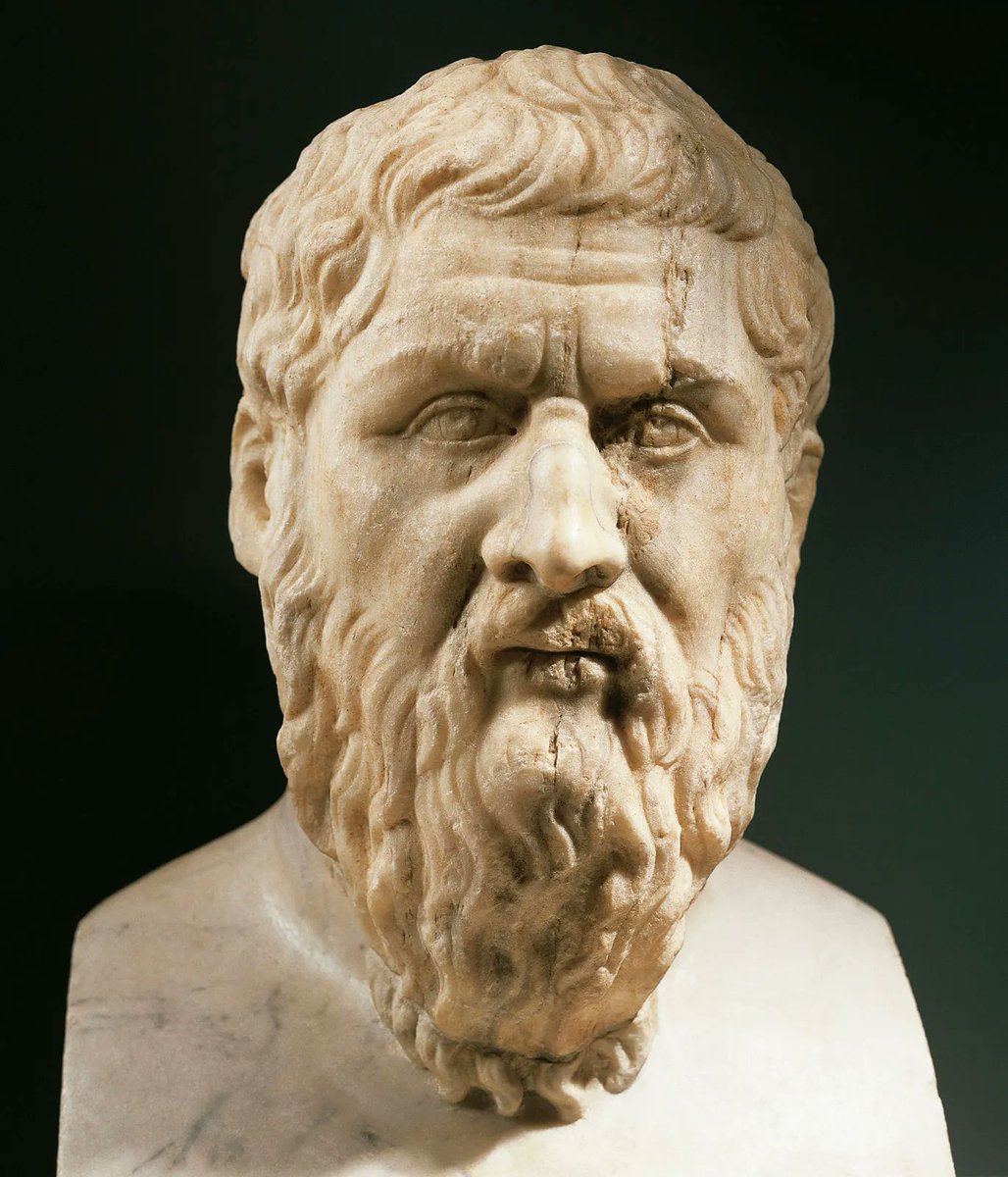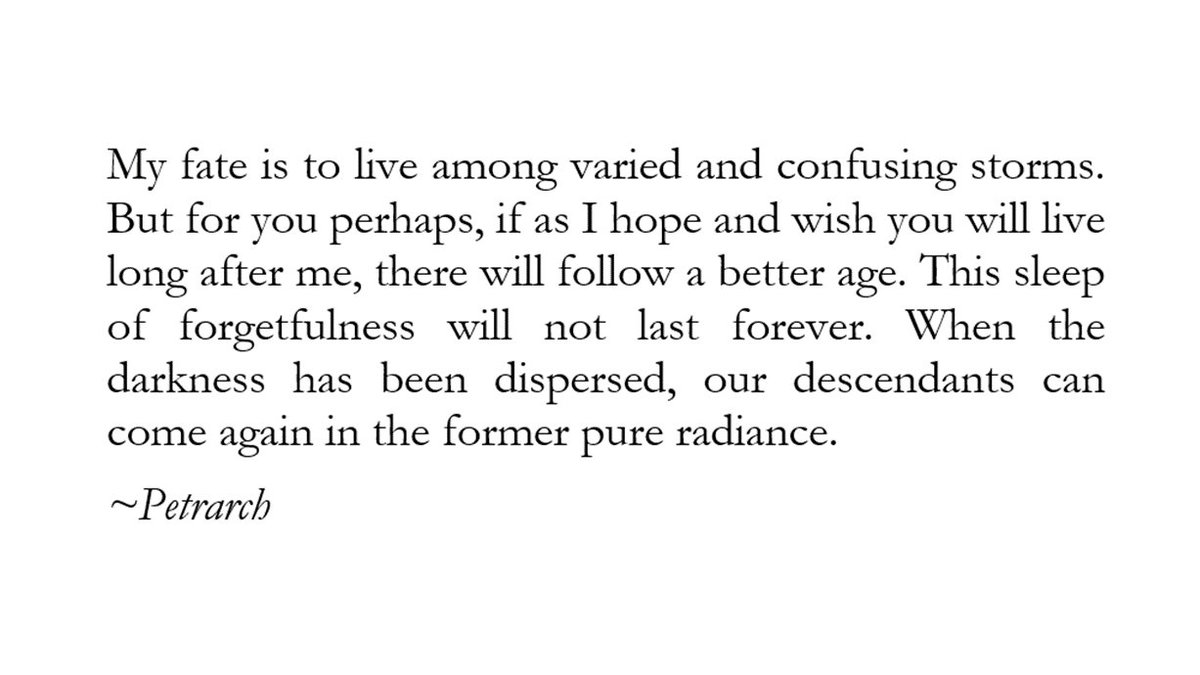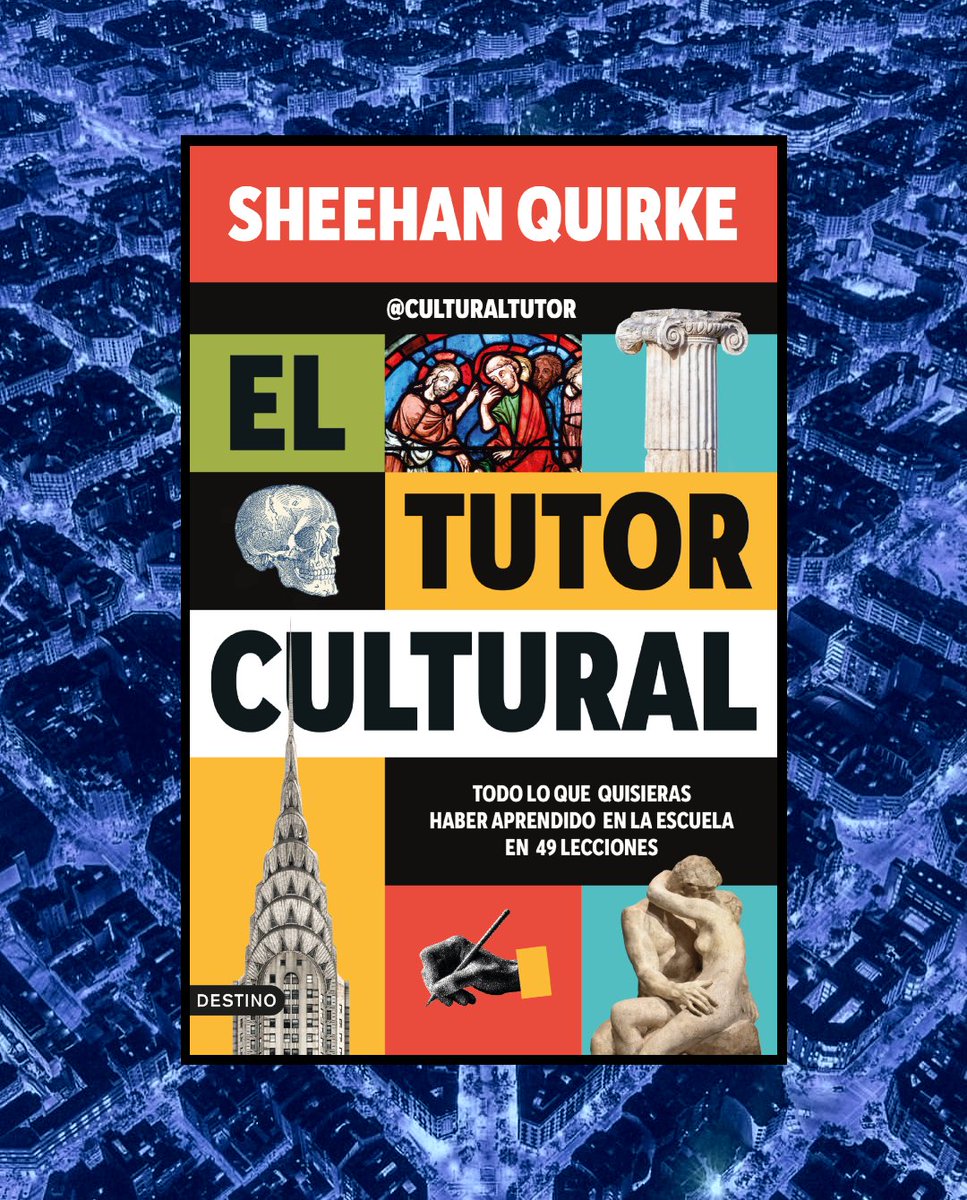People in the Middle Ages knew the earth was round, as you can see from this 900 year old drawing.
So where did the myth come from that Medieval people thought the earth was flat?
Well, it was once an important part of America's national identity...
So where did the myth come from that Medieval people thought the earth was flat?
Well, it was once an important part of America's national identity...

People have known the earth is round for well over two thousand years.
In about 360 BC the philosopher Plato wrote this:
"Wherefore he made the world in the form of a globe, round as from a lathe, having its extremes in every direction equidistant from the centre."
In about 360 BC the philosopher Plato wrote this:
"Wherefore he made the world in the form of a globe, round as from a lathe, having its extremes in every direction equidistant from the centre."

But it wasn't only philosophers; Ancient Greek astronomers had *proven* the earth was round.
In about 240 BC a chap called Eratosthenes calculated its circumference to within 1% of the real figure.
He measured the lengths of shadows in two different places to do so.
In about 240 BC a chap called Eratosthenes calculated its circumference to within 1% of the real figure.
He measured the lengths of shadows in two different places to do so.

Perhaps the most influential ancient astronomer was Ptolemy, who lived and worked in Alexandria, Egypt, during the 2nd century AD.
He proposed a model of the universe with the spherical earth at the centre, surrounded by "celestial spheres" holding the planets and stars.
He proposed a model of the universe with the spherical earth at the centre, surrounded by "celestial spheres" holding the planets and stars.

None of this was lost with the fall of the Roman Empire — it carried straight through to the so-called Dark Ages.
Hence the Venerable Bede, writing in 725 AD, said that the earth "is, in fact, a sphere...not merely circular like a shield... but resembles a ball."
Hence the Venerable Bede, writing in 725 AD, said that the earth "is, in fact, a sphere...not merely circular like a shield... but resembles a ball."

The list of scholars and theologians who believed the earth to be round is endless, because that was the accepted view.
In 1230 a monk and astronomer called John of Holywood wrote a treatise called... On the Spherical World.
Here's an illustration from a later edition.
In 1230 a monk and astronomer called John of Holywood wrote a treatise called... On the Spherical World.
Here's an illustration from a later edition.

Just take the crowning achievement of Medieval literature — Dante's Divine Comedy, written in the early 1300s.
It narrates a journey through Hell, Purgatory, and Heaven, all according to Medieval cosmology.
And this was how artists depicted Dante's journey:
It narrates a journey through Hell, Purgatory, and Heaven, all according to Medieval cosmology.
And this was how artists depicted Dante's journey:

This explains why most monarchs in Medieval Europe had globes affixed with crosses as part of their royal regalia — and why the coronation of Charles III included one.
Known as the "globus cruciger", it symbolised both their and Jesus' dominion over the (spherical) Earth.

Known as the "globus cruciger", it symbolised both their and Jesus' dominion over the (spherical) Earth.


So where did the idea come from that Medieval people thought the earth was flat?
In some sense it can be traced back to Petrarch, the founding figure of the Renaissance, who came up with the idea of the "Dark Ages" in the 14th century.
In some sense it can be traced back to Petrarch, the founding figure of the Renaissance, who came up with the idea of the "Dark Ages" in the 14th century.

This view — that the centuries between the Fall of Rome and the Renaissance were an age of darkness — was (and remains) pervasive.
In the 17th century it became anti-Catholic propaganda to say the Middle Ages had been held back by the Catholic Church.
In the 17th century it became anti-Catholic propaganda to say the Middle Ages had been held back by the Catholic Church.
In the 19th century, however, this myth became something more.
In an 1874 book called "The Conflict between Science and Religion", the American writer and scientist John William Draper said this:
In an 1874 book called "The Conflict between Science and Religion", the American writer and scientist John William Draper said this:

Where did Draper (and others) get this idea from?
They largely seized on the work of a 6th century merchant-turned-scholar called Cosmas Indicopleustes.
He had argued that Ptolemy was wrong and that the earth was, in fact, flat.

They largely seized on the work of a 6th century merchant-turned-scholar called Cosmas Indicopleustes.
He had argued that Ptolemy was wrong and that the earth was, in fact, flat.


But Cosmas Indicopleustes was an exception, and an uninfluential one at that; the Ptolemaic model remained dominant throughout the Middle Ages.
To add to the previous examples, in 1245 a priest called Gautier de Metz wrote "the earth is in the shape of a ball."
To add to the previous examples, in 1245 a priest called Gautier de Metz wrote "the earth is in the shape of a ball."

Not that it mattered.
In 1828 Washington Irving wrote a fictional (and incredibly popular) biography of Christopher Columbus, in which he said:
"To his simplest proposition, the spherical form of the earth, were opposed figurative texts of scripture."
In 1828 Washington Irving wrote a fictional (and incredibly popular) biography of Christopher Columbus, in which he said:
"To his simplest proposition, the spherical form of the earth, were opposed figurative texts of scripture."

Irving painted Columbus as an enlightened hero facing down Catholic ignorance, as an honest mariner "pleading the case of the New World."
Many came to believe that it was Columbus who proved the earth was round and restored the foolish world to the truths of ancient knowledge.
Many came to believe that it was Columbus who proved the earth was round and restored the foolish world to the truths of ancient knowledge.

But the truth was the opposite; his expedition was made *because* everybody agreed the earth was round, and that sailing west might be an alternative route to trade in the east.
In 1481 the priest and astronomer Paolo Toscanelli wrote this letter to Columbus:
In 1481 the priest and astronomer Paolo Toscanelli wrote this letter to Columbus:

The real source of opposition to Columbus' plan was, as Irving correctly mentions, that he miscalculated the distance (which he had) — and that it was impossible.
Well, in 1492 Columbus proved them wrong on the latter point; and unexpectedly came across the Americas.
Well, in 1492 Columbus proved them wrong on the latter point; and unexpectedly came across the Americas.

That Medieval people thought the earth was flat is a myth that has endured into the 21st century, propagated once by school textbooks and now by popular media.
But why did people like Draper and Irving revive and entrench it? There seem to be two main reasons.
But why did people like Draper and Irving revive and entrench it? There seem to be two main reasons.
The first is that it was a perfect way not only to paint the Middle Ages as ignorant but to condemn their religious society entirely.
It supported the idea of a conflict between religion and science, as expounded by Andrew White, a founder of Cornell University, in 1876:
It supported the idea of a conflict between religion and science, as expounded by Andrew White, a founder of Cornell University, in 1876:

The second is that, in the hands of 19th century writers and scholars, it created and renewed a foundational myth for America.
One in which the nation was discovered and founded on enlightened, scientific, rational values — rather than the "monastic bigotry" of Medieval Europe.
One in which the nation was discovered and founded on enlightened, scientific, rational values — rather than the "monastic bigotry" of Medieval Europe.

After American independence the Founding Fathers filled it with neoclassical architecture; they would be the inheritors and successors of Ancient Greece and Ancient Rome.
And Columbus' alleged defence of classical knowledge played directly into that narrative.
And Columbus' alleged defence of classical knowledge played directly into that narrative.

Alas, Medieval people may have had some fanciful ideas, many of which have been disproven — such as the earth being at the centre of the universe.
But they did not believe the earth was flat any more than we do in the 21st century...
But they did not believe the earth was flat any more than we do in the 21st century...

• • •
Missing some Tweet in this thread? You can try to
force a refresh





















